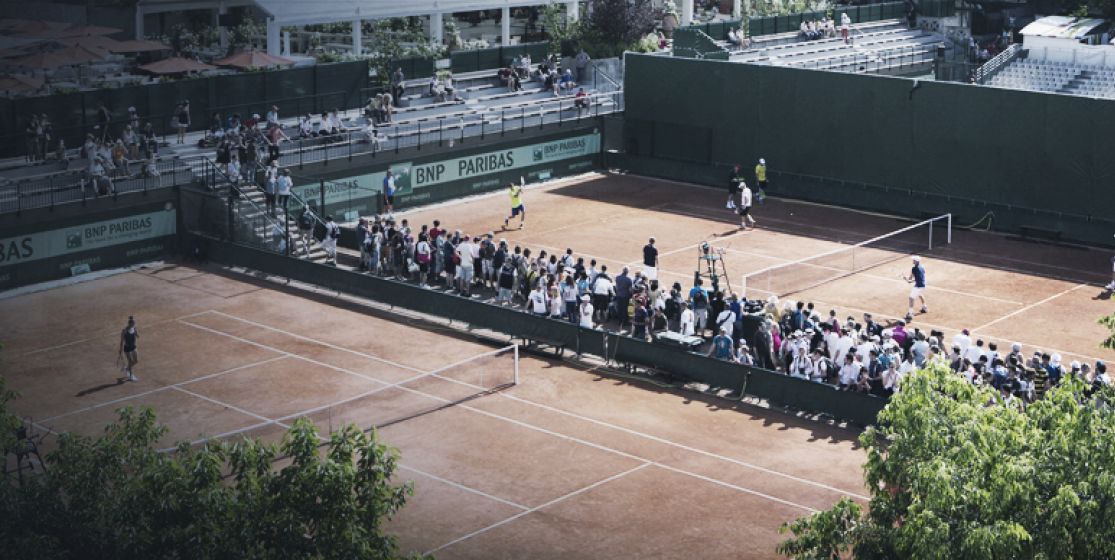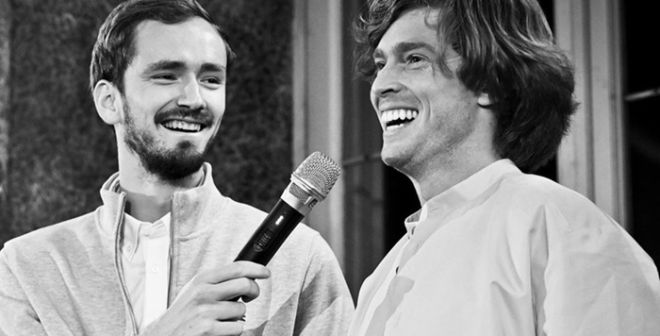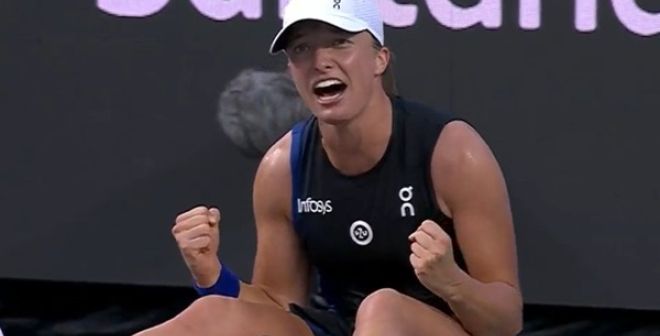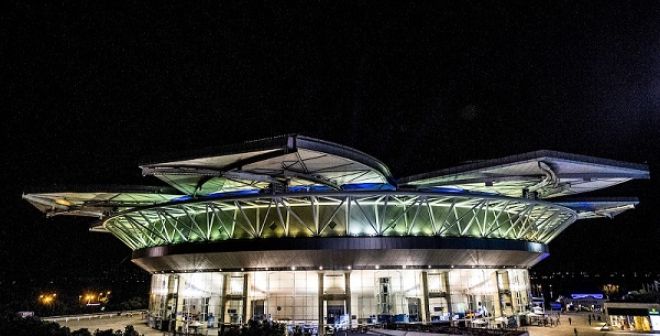224 male and female players will compete from May 21 to 24 on the outside courts of Roland Garros, but few survive. 28, in fact - the number of places remaining in the main draws. An army of journeymen and women ready to put it all on the line for a chance at glory, and who create many marvellous tales during the French Open qualifiers...
1 / Yes, draws can happen in tennis
Uniquely, in 1973 several qualification matches neither had a winner nor a loser. That year, several last-minute withdrawals from the main draw forced the tournament to expand the number of places available to qualifiers. After a long break due to a storm and before the end of the qualifiers, the "lucky losers" of the final qualifying round were drawn. The organizers did not deem it useful to continue four matches from which the victim would be automatically rescued. Thus, the match between Denis Naegelen and Nikos Kelaidis is stuck, forever, at four-games-all in the third set.
2 / From qualifying to the ultimate victory...
Everyone goes at their own pace to come out from the shadows of the qualifiers into the light of the Chatrier court. If some take a lifetime without making it, others rise like a rocket! Mats Wilander and Gustavo Kuerten passed through the qualifiers only twelve months before lifting the trophy for the first time. They are the only ones to have experienced such rapid "social mobility."
3 / Emotions, emotions…
Nothing better than qualifying rounds to generate authentic tantrums ... In 2011, the racket of the American Ryan Harrison, somewhat frustrated at being only one set away from a place in the main draw, found itself stuck in the branches of a chestnut tree, fifteen feet in the air. In 2012, the French Alize Lim walked and sat alone in the deserted bleachers of the Suzanne Lenglen court in an attempt to forget a defeat after having held a 6/3 and 3-0 advantage.
4 / “Sunday league” players try their luck
In 1986, the Frenchman Laurent Rizzo, a club player, managed to overturn Christophe Roger Vasselin, semi-finalist at the Internationaux de France three years earlier. This is one of the last prominent examples of the "no-hopers" of ATP successfully imposing themselves in the qualifiers. Such players no longer exist in the draw, except for a quixotic wild card here and there. Formerly, when participants were scarce, the level could get even lower. Former umpire Jacques Dorfmann remembers officiating a match in 1957, the first year of qualifications, involving a Dominican whose level was… not all it might have been. "His opponent was poor but, even so, he could hardly return a second serve!"
5 / Belgian who prepared for his match... in the cinema
Beaten in the 1976 qualifiers, the Belgian Bernard Mignot did not have the patience to spend two full days at the stadium hoping that an ankle sprains would knock out a colleague to take his place as a lucky loser. Arriving on Tuesday, the last day of the first round proper and convinced that his turn would not come, Mignot spent an afternoon taking in Paris - restaurant, cinema, tours... But when he returned in the late afternoon, he learnt that he was expected immediately on the court to play a first round tie against Paolo Bertolucci! Mignot ended up going all the way to the fourth round, the best result of his career. One minute later and it could have been very different...
6 / The match that had two purposes
1977, and the umpire Andre Vanderpol does not know, or has forgotten, that there is no tie-break in the third set, even during qualification. When Terry Rocavert and Lionel Santeiu arrive at 6-all in the final set, he duly announces the decisive... Both players agreed, but when he discovers the error, the referee Jacques Dorfmann has the end of the game replayed, converting the points earned in the tie-break into game points. For the record, Rocavert won both the tie-break and the match, nine games to seven.
7 / They should finish before the fortnight is over…
1996 saw the longest set - in terms of number of games played - in the history of the tournament. It was between Thierry Guardiola and Daniel Nestor, it finished 22/20 and it happened in qualifying. The following year, you also had to be following the qualifier to see Olivier Mutis save no less than seven match points against Julian Alonso. In addition, who could have missed the second qualifying round in 2008 between Ilija Bozoljac and Diego Hartfield - a match where two strangers play out of their skins overs three sets, finishing in the dark after an epic battle in which the former, with the daredevil look of a Don Juan, snatching victory 11 games to 9 in front of hundreds of spectators. It was the best match of the tournament that year.
8 / Purgatory former glories
It’s not easy to return to struggle in the little leagues when one has experienced the Big Show. Yet no one is exempt from qualifying forever. Thus, from time to time, we see former stars reliving past glories or starting on the comeback trail. In 2010, this is where we saw for the last time Gaston Gaudio, a sad exit for the surprise winner in 2004, eliminated in front of just a handful of spectators, by the Brazilian Thiago Alves. In 2012, Tommy Haas, former world number two, had no choice and confessed: "It's not great for the ego." This year, he is one of the seeds.
9 / The greatest qualifier…
The qualifier to have gone the furthest in the tournament is the Belgian Filip Dewulf, a semi-finalist in 1997. Ranked 122nd in the world as the tournament began; he arrived in Paris and found digs in a two star hotel. He went on to win eight straight games, three in qualifying and five in the main draw: "I arrived without much hope. The result is all the more unexpected as I actually played badly in the early rounds." Back home, his adventure took on crazy proportions: Prince Philip eventually landed in Paris to follow his progress and the Limburger newspaper chartered a helicopter to bring his girlfriend Annick to watch the semi-final. This was too much for this fan of alternative rock, who often proclaimed himself lazy. But he is still remembered "… almost every year, before each French Open!"
10 / McEnroe, thank you to Jacques Dorfmann!
John McEnroe makes his first appearance at Roland Garros in the qualifying event in 1977 at the age of 18. This is what launched his career. Yet he never had to play! Umpire Jacques Dorfmann agreed to include the U.S. junior at the last minute, following the enthusiastic recommendations of Patrice Dominguez and Jean-Paul Loth, then two of the few Frenchmen to have seen him play, "The registrations were closed at that time, but now I can admit it - I backdated McEnroe’s registration." A small bend in the rules that had a big impact: John McEnroe brilliantly came through the qualifiers, earning a place in the main event. And the following week, he won the junior event and the mixed doubles...
By Julien Pichené






